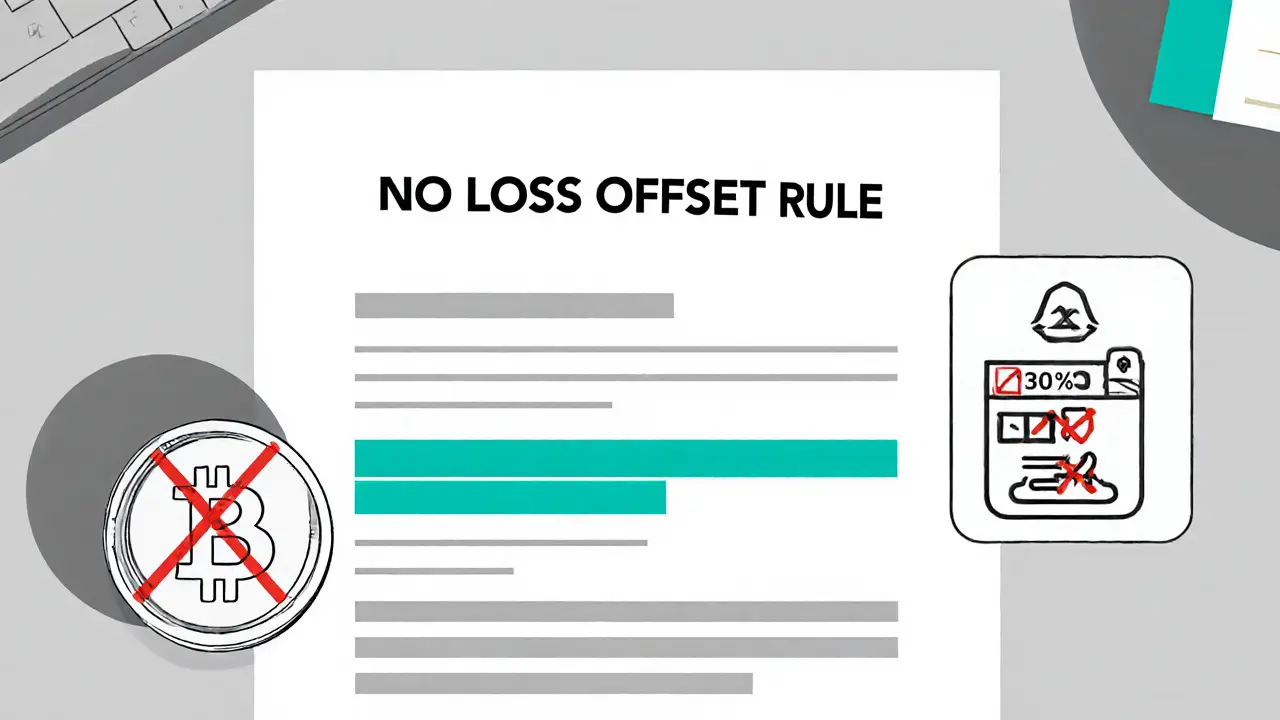VDA Taxation Explained
When dealing with VDA taxation, the tax framework that applies to virtual digital assets such as cryptocurrencies and tokenized securities. Also known as Virtual Digital Asset tax, it covers how governments treat gains, income, and transactions involving digital assets. VDA taxation intersects with traditional VAT, the value‑added tax applied to goods and services in many jurisdictions and the newer crypto tax, rules that require reporting of crypto‑related income, capital gains, and staking rewards. In short, VDA taxation encompasses crypto tax compliance, requires accurate tax reporting, and influences how investors plan their portfolios.
Key Related Concepts You’ll Encounter
One major piece of the puzzle is EU tax regulations, the set of rules issued by the European Union that shape how member states tax digital assets. These regulations often mirror the approach taken by Portugal, where a 28% short‑term crypto tax taxes crypto profits held for less than a year at the same rate as ordinary income applies. Meanwhile, Mexico’s FinTech law introduces a distinct compliance layer for crypto businesses, showing how national frameworks can differ even within the same region. Understanding the relationship between VDA taxation and these local rules helps you avoid double‑taxation and stay on the right side of the law.
Beyond the legal side, practical tax reporting tools matter. Many traders rely on specialized software to pull transaction data from exchanges, convert it into tax‑ready formats, and calculate owed VAT or crypto gains. The right tool can automate the tax reporting, process of filing returns for both digital asset and traditional income and reduce errors that trigger audits. As you explore the articles below, you’ll see real‑world examples: a deep dive into Portugal’s crypto tax, a guide to Mexico’s FinTech regulations, and a look at the legal risks of circumventing sanctions. Together they paint a clear picture of how VDA taxation fits into the broader tax ecosystem and what steps you can take today to stay compliant.

India's No Loss Offset Rule: How It Impacts Crypto Traders
Explore India's no loss offset rule, its 30% crypto tax impact, compliance challenges, and strategies for traders to navigate the stringent regime.
